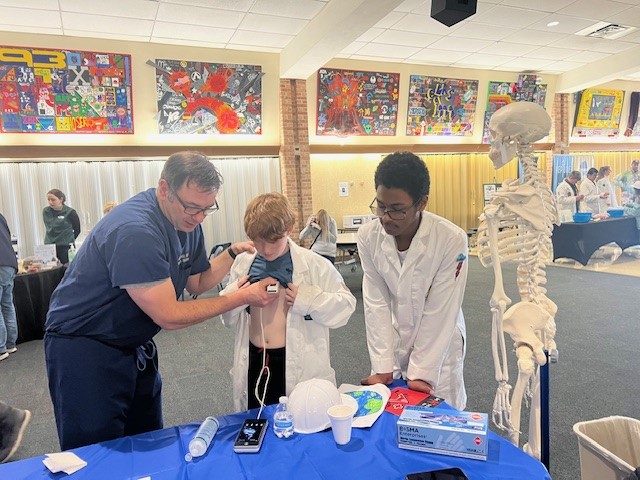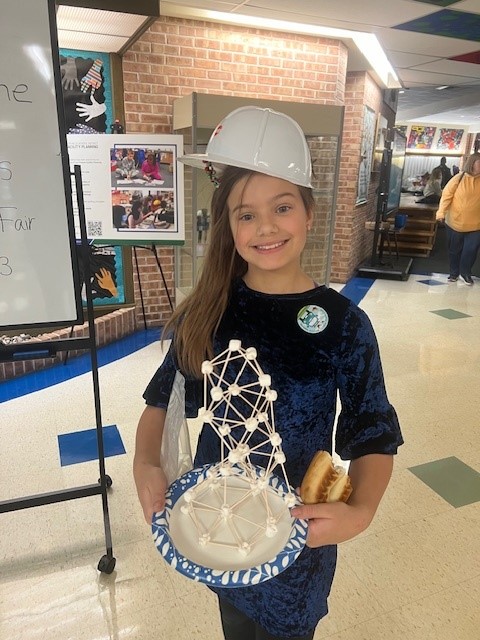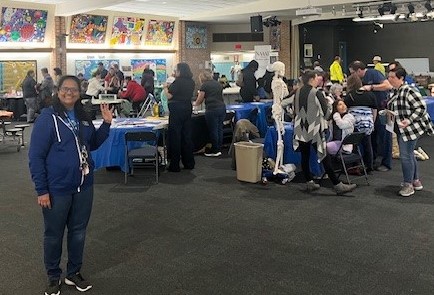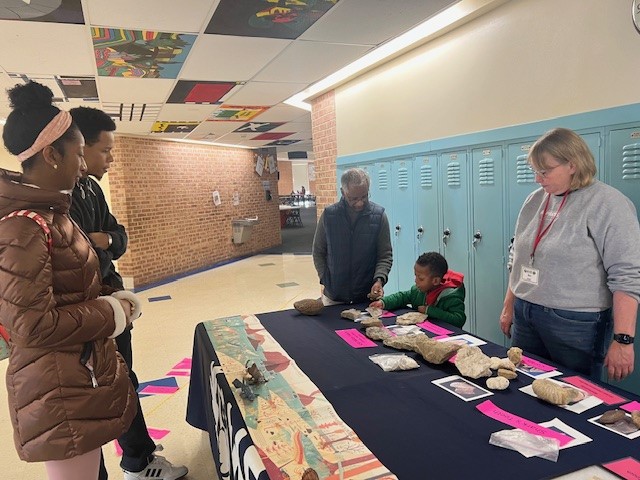
This is the second article in a series on Innovation from the Wisconsin Department of Public Instruction's Division of Teaching and Learning.
The first article in the series: Pathways to Hope: Innovation Starts Right Where You Are
This article was written in collaboration with Mark Schwingle, Gifted/Talented Education Consultant at the Wisconsin DPI.
Innovation creates friction and sparks creativity
In our kickoff article to this innovation series, the DPI's Teaching and Learning team argues that students must be prepared to “navigate the world with agency, curiosity, belonging, criticality, and hope.” The DPI’s vision is to create engaged learners in order to create a better Wisconsin together.
True engagement has creativity and innovation as essential cornerstones. If we want Wisconsin students to think innovatively, our instruction must be innovative as well. As anyone invested in public education knows, however, that innovation and innovative spirit often comes into direct friction with existing systems, values, and practices. Innovation must, by its nature, create friction and sparks in order to create new energy and momentum.

Student creativity is a renewable resource
One way to cultivate innovation is to nurture student creativity. In some respects, they are two sides of a very special coin.
Innovation is a big driver of motivation and engagement – for students and teachers. True innovation is based on authentic needs (real-world problems) in a safe classroom environment that frees students to be creative while still learning and growing. Students must be creative to innovatively navigate the ever-changing world before them. If we want students and educators to experiment, improve, and innovate, we must create spaces where experimentation and creativity are encouraged. That means making room for false starts, for failure, and for enthusiastically throwing metaphorical spaghetti against a wall to see what sticks.
What does innovation look like in practice?
Two different schools in the Milwaukee area are building opportunities that help students engage in these exact types of supportive environments. Milwaukee Public Schools’ Advanced Academics teacher coaches Dr. Martha Aracely López and Dr. Germán A. Díaz Cárdenas have been facilitating quarterly STEM Saturday opportunities for students who have advanced learning needs. Dr. Díaz Cárdenas said, “We use STEM camps to create a learning opportunity where students really have fun. When we talk about being innovators, we always want to keep learning fun.” Participation in STEM camps is free of cost to students, and they choose whether or not to attend. Students don’t sit in rows, and no one is taking attendance. STEM camps are usually held on Saturdays, and without fail, when they’re announced, students and teachers clamor to sign up to take part.
What teaching is all about
Dr. Díaz Cárdenas stresses that the frameworks the district has developed for the STEM camps is so successful at attracting teachers to participate because, “Teachers feel really empowered by facilitating the camps. They are empowered to change and modify things as they go, and in fact they do.” The camps use simple STEM or engineering frameworks to set out the methods of interaction and experimentation, and the teachers receive training that empowers them to be creative and really make the program their own.
“The teachers tell us that they finally feel like they have a moment to really teach, to reconnect with what teaching is all about. They feel rejuvenated. Afterwards, they often ask, ‘Can I do this in the classroom?’ And we say absolutely. This is how we should be teaching more. And the teachers absolutely love it. They tell their friends and co-workers, and the program just expands naturally.”
Growth mindset means providing a safe place to make mistakes
As students watched a video on magnets in Ms. Lambrecht and Ms. Benning’s third grade “Magnetic Madness” STEM Camp at Lowell International Elementary School, the room lit up. Lowell hosted one of two STEM camps held in MPS in early December. This camp was for students who wanted to learn more about magnets and the engineering design process. But the learning extended beyond the content presented. Students also learned about how to learn, too. For example, students learned how to persist in a task even if they become frustrated. This is what American psychologist Carol Dweck has coined as a growth mindset or, “The power of yet.” This encourages even more student-driven learning opportunities for innovation and creativity.
Ms. Lambrecht has a saying posted in her classroom at Lowell: "Room 10 is the safest place to make mistakes." This mindset helps Lowell teachers and students, together build an environment where innovation can thrive. Students and teachers have fun together and have the freedom to experiment. This environment gives all a sense of autonomy and also of engagement–a sense of belonging with peers and in their community of learners.
“Innovation just happens in their minds when we give them the right content”
Dr. Díaz Cárdenas said, “For our STEM camps, we always try to look for topics that are of interest to students and things that, for one reason or another, teachers have a hard time teaching in normal classroom periods.Whether it’s because teachers don’t have the time, or the topic needs to be explored in a different way… that allows us to do something which is really exciting and novel. We’ve done young chemist mathematicians, things with art, building bridges, [and] young ornithologists. Once they get a taste, kids cannot stop coming up with new ideas they want to explore.”

Glendale-River Hills School District teacher Lalitha Murali is constantly working to provide learning opportunities for her students at Glen Hills Middle School. The STEAM fair she organized is just one example. The fair essentially cost Glen Hills Middle School no money, and gave students the chance to learn, grow, and dream on a cold Saturday in December.
Beyond the STEAM fair, Mrs. Murali sees her role as being a facilitator. She brings back ideas from professional development opportunities and finds ways to transmit them to students. She said, “I have to continue learning along with my students. I just bring them the opportunities … and the innovation just happens in their minds when we give them the right content.”
Mrs. Murali attended a free training from the KEEP organization on using a “KidWind” kit. Her students were fascinated, and they were so enthusiastic, they asked if they could teach other students in their school about renewable energy. In the end, “They were teaching over 300 students and parents all day because they were so fascinated with that [kit].” Mrs. Murali was “so overwhelmed with happiness.” As a result of this and her other work, she was named KEEP Energy Educator of the Year in 2022.

“Freedom in learning serves as an equalizer for students' access to learn.”
Giving students the freedom to learn in a more expansive way is a great equalizer, Dr. Díaz Cárdenas said.
"I think what happens is that in practice, our traditional educational systems and practices only meet the needs of some learning styles," Cárdenas said. "So if you are good in math, if you are good at testing, then you tend to show your true potential. But there are students that don't have these same strengths, and we know that they are really capable learners. They need more time and opportunities to be creators. Or maybe they need more time to show their true potential by working in groups; there are students that need more time flexibility rather than being sped along to the next subject. So the freedom that we provide is a great equalizer to bring equity into education.” In this way, innovation is crucial to educational equity.
Innovation comes in many forms. If we want all students to be creative and innovative, we need to build opportunities to engage in innovative instructional design in and out of the traditional classroom. It can be done, and students are willing to get involved. Innovation, creativity, and learning is engagement and hope in action.

In the coming months, the Teaching and Learning team will be highlighting even more ways in which innovation is present in our schools, communities, and our state. Read the first article in this series, and check back for additional articles as we traverse 2024!